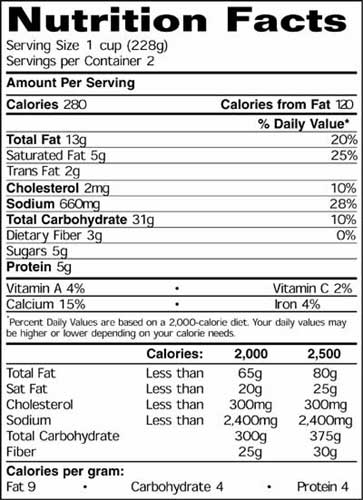 I was at Target earlier today trying to buy myself a salad for lunch when a conversation broke out in front of me. Seems the gentleman checking everyone out hadn’t had his lunch yet and it being lunchtime he was scanning and bagging lots of peoples’ lunches. It was making him hungry. That’s when the lady in front of me, who was slurping on some slushy Starbucks chocolatey-looking thing, busted out with, “This shake is my lunch.”
I was at Target earlier today trying to buy myself a salad for lunch when a conversation broke out in front of me. Seems the gentleman checking everyone out hadn’t had his lunch yet and it being lunchtime he was scanning and bagging lots of peoples’ lunches. It was making him hungry. That’s when the lady in front of me, who was slurping on some slushy Starbucks chocolatey-looking thing, busted out with, “This shake is my lunch.”
I looked at her and tried not to judge her at that point. Who drinks a coffee drink for lunch and how do you survive the rest of the day if you do? Which then led me to wonder how many calories are in something like that? Hmm… less than I expected, but the sugar, yikes!
Which then led me to wonder how many people care? And do you know how to read a nutrition label? Do you read nutrition labels?
Maybe I’m just special that way, but I read the label on everything. Even those bottles of drops you’re supposed to put in your water to make it flavorful. I don’t use that stuff cause I don’t know what all those chemicals are in the ingredient list.
So because I’m feeling all tutorish right now and also like I need to atone for judging the Starbucks lady, here’s the quick and dirty on how to read the nutrition labels on foods.
Serving size – This is always good to check because many foods and beverages are packaged for more than one serving. Disappointing, I know.
Servings Per Container – That tells you how many servings are in the box, bag or bottle.
Now here’s the tricky part, every other number on this label is calculated for the serving size (not the whole container). That means if there are two servings in the package and you eat the whole thing you get double the number of calories, fats, cholesterol, carbohydrates and proteins. Four servings, and you need to multiply it by four. Get it?
I’m not going to go into each one of those categories because frankly everybody is different and their nutritional needs are different. It’s impossible to say eat this, don’t eat that because I don’t know what you require.
Add to that even the people who are supposed to be experts on nutrition disagree on what we should and should not be eating. In the 80’s eggs were the mortal enemy to cholesterol. Now they’re ok. High fructose corn syrup, if the manufacturer is to be believed it’s A-OK in moderation, but there are studies saying it increases your chance to develop diabetes. Artificial sweeteners used to be the bees knees, but now some are considered neurotoxins.
My rule of thumb, if I can’t pronounce it, I’m probably not going to eat it. If the ingredients are unrecognizable, I’m probably not going to eat it. Now before you think I’m just all la-ti-da about the food, I should probably disclose that I spent a lot of years not caring what went in to my body. Fortunately my massage career (and my cholesterol level) changed all that. I have to manage my food and my health more closely now so that I can feel good, be available to help my clients feel better and, ultimately, stay in business.
So what about you? What’s your food policy?
♥
 |
Harvest Moon Massage is Decatur, Alabama’s Exclusive Provider of Ashiatsu Oriental Bar Therapy Massage |
